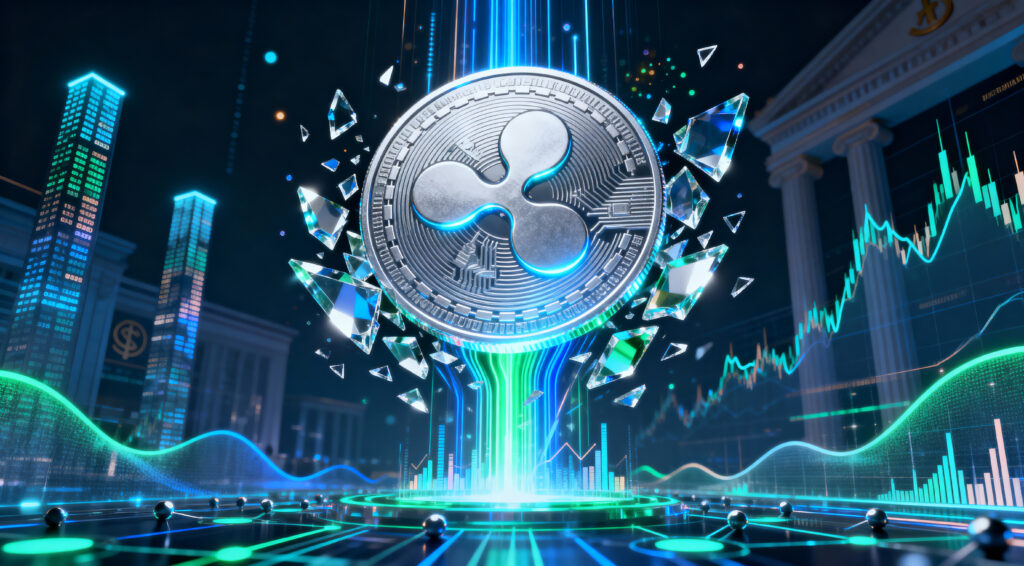Petrol and diesel are being phased out and replaced with CNG and electrically harnessed vehicles and new-age startups are on the rise. It envisions fueling ecology as something smart, intertwined, and multi-fueled with supporting public mobility while taking steps towards pro-environment policies.
The Shifts Are Essential: Cutting Off Fossil Fuels Dependency
Looking at the possibilities for other alternatives comes from India’s significant dependency on fossil fuels and C40 cities facing dependency on heavily polluting vehicles as well as needing hybrid ones. Climate experts caution that cars and trucks make up for more than 18% of oil demand, which, when combined, leads to greater pollution. Additionally, needing over $132.4 billion yearly on crude oil imports makes it an economic relief, while going green provides environmental protection as well.
Government Aims: Acceleration of EV and CNG Adoption
The Indian government has put forth aggressive policies meant to encourage the adoption of EVs. By 2030, the government EV targets are set at 30% adoption for private car sales, 70% for commercial vehicles, 40% for buses, and an astounding 80% for two- and three-wheelers. Concurrently, the CNG network is planned to be scaled up significantly with an additional 16,500 CNG stations, bringing the total number of stations to 20,000 by 2030, thereby showing India’s commitment towards achieving net-zero carbon emissions by 2070.
Emerging Trends: Growth of EVs along with CNG Expansion
India has already started the transition towards a more modern fueling ecosystem. The sale of EVs in India jumped by 49% in 2023 compared to the year prior, with over 1.5 million units sold. The CNG sector is also rapidly developing, with the number of CNG stations increasing from 1,300 to 5,000 by the end of 2022.
Purchasing Motivation: Accessible and Affordable Options
Although the first adopters of EVs were motivated by environmental issues and savings, the main focus has shifted to convenience. Addressing the issues of long charge times, consumers are demanding faster and more streamlined range extenders.
Addressing the Gap: Startups Step Up
Innovation is being led by startups for the reason that they are trying to change how the industry used to do refuelling. Their use of technological capabilities like the digital world, real-time analytics, and alternative methods of fuel distribution is creating a friendlier fueling ecosystem.
- Smart EV Charging Networks: These startups involved in EV charging stations also learn to implement IoT technologies by giving users real-time updates about the station’s availability, charging times, and maintenance updates, all done through AI. This has greatly enhanced the users’ experience.
- Battery Swapping for Efficiency: Following the example of China having nearly 3,000 battery-swapping stations, Indian startups such as Sun Mobility and Battery Smart are also starting to deploy this infrastructure. Swapping has proven to save a lot more time than charging and is extremely useful for delivery fleets or commuters stuck in traffic.
- Multi-Fuel Hubs: Both the traditional fuel hub and the fuel stations are integrating new technologies and innovations with the aim of enhancing their services by offering petrol, diesel, CNG, or even solar-powered EV charging all under one location. This is trusted to aid the rural and developing areas.
- Mobile Fuel Delivery Solutions: Repos Energy is a mobile fuel delivery enterprise that lowered the bounding business and industry fuel pump locations by delivering fuel directly to customers.
Obstacles to Further Development: Scaling The Transformation
India’s fueling sector progress and innovation are still experiencing challenges that need to be resolved to ensure a smooth, sustainable transition:
- Gradual Adoption: The willingness to change is increasing, but new technology adoption, especially for the elder population, is slower in India.
- Infrastructure Costs: The infrastructure for charging EVs has to be configured on a wide scale if deployed, and the funding required for the infrastructure, especially the fast chargers, could be extremely high.
- Regulatory Bottlenecks: The standardisation of battery swapping technologies, interoperability of charging networks, and ambiguous policies regarding the pricing of CNG can hinder the overall development of these systems.
A Collaborated Future: Public-Private Partnerships
In order to meet the challenges and aim to transform the fueling sector in the best way possible, the public-private partnerships have to be strong enough. Transformations and new infrastructure need to be adopted rapidly, and collaboration with government initiatives is extremely helpful to achieve that.
A Future Enhanced by Innovation and Multi-Fuel
Driven by India’s fueling sector’s tremendous transformation opportunities, environmental and geopolitical concerns as well as economic growth are now more important than ever, especially in the context of India’s disruptive startup ecosystem. It can be foreseen that the fueling landscape in India will incorporate a blend of EVs, CNG, other alternative fuels, and smart technologies within a synergistic ecosystem. Achieving this will be pivotal for India to usher in a clean, sustainable, and economically thriving future.















